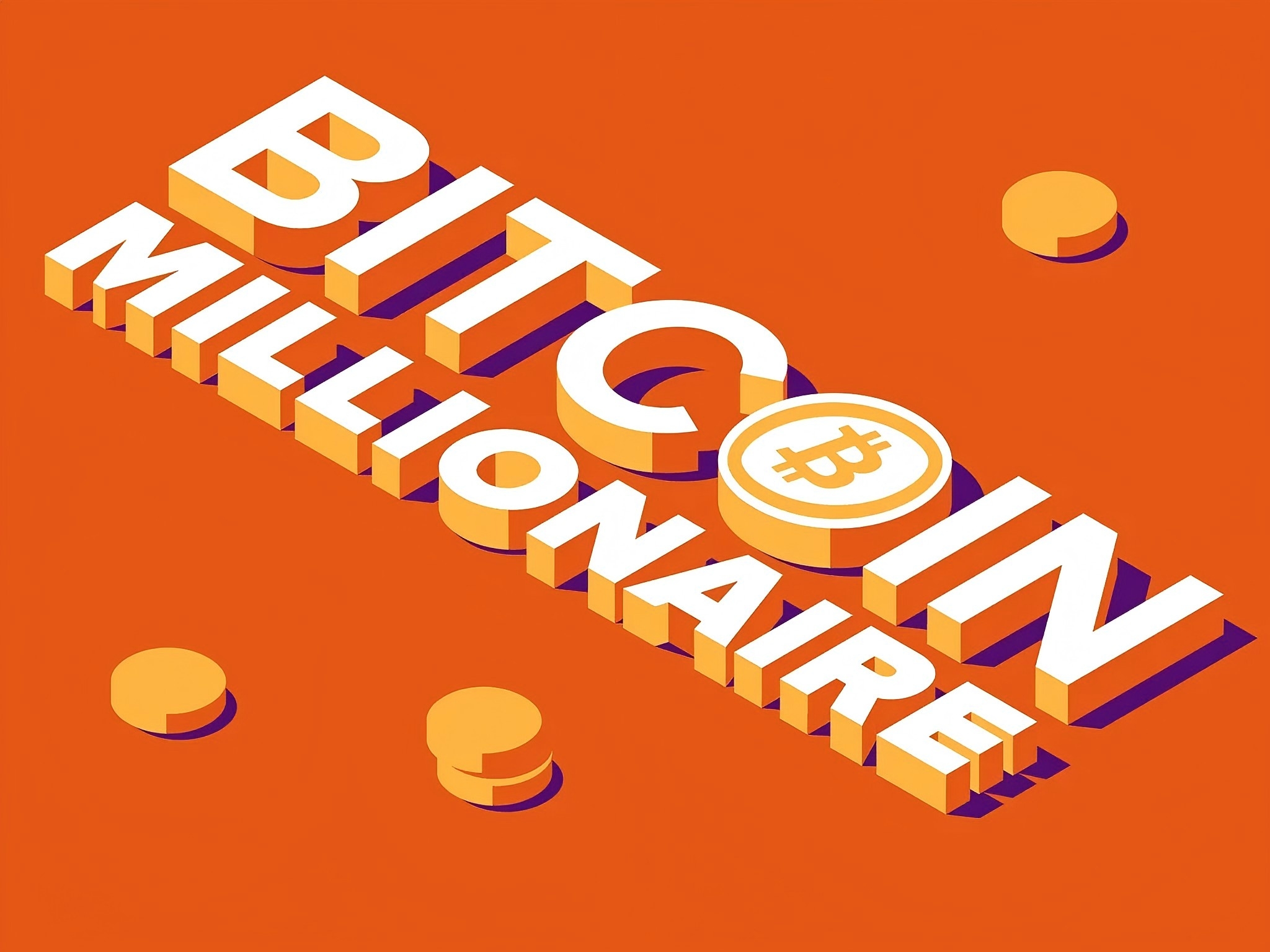
On July 14, 2025, Bitcoin broke through the historical mark of $120,000, with Wall Street institutions raising their glasses in celebration. On the other side of the world, 135,800 retail investors were staring at the glaring liquidation notices on their phone screens - $493 million in wealth vanished within 24 hours.
Social media lacked retail investors' celebratory memes, no "overnight riches" flooding the screens, only BlackRock's 13 ETF purchase orders per second silently scrolling. This capital feast, dubbed the "silent bull market", is profoundly changing the power structure of the cryptocurrency market.
01 Institutional Entry: A Carefully Planned Power Transfer
The cryptocurrency market is experiencing an unprecedented reconstruction of capital power, with institutional investors systematically taking over market dominance.
Custody Breakthrough: Traditional financial giants like BlackRock and Fidelity were the first to break through regulatory barriers, establishing compliant custody channels. BlackRock's iShares Bitcoin Trust alone manages over $80 billion in assets, with holdings exceeding 700,000 BTC. These "financial aircraft carriers" opened the floodgates for subsequent capital influx.
Product Matrix Expansion: Bitcoin spot ETF was just the beginning. Following closely were futures ETFs, leveraged ETFs, Bitcoin-backed loans, and other structured products, forming a complete institutional investment toolkit. When Japanese listed company Metaplanet added 797 bitcoins in a single day, bringing total holdings to 16,352, a corporate balance sheet revolution was quietly underway.
Asset Restructuring Wave: Cryptocurrencies are being reclassified as strategic reserve assets. MicroStrategy's holdings surpassed 528,000 bitcoins, valued at $35.63 billion; the German Central Bank even began selling gold to hold Bitcoin. This asset restructuring drove Bitcoin exchange inventory to a five-year low, completely reversing the supply-demand relationship.
02 Retail Marginalization: A Capital Game Within High Walls
As institutions occupy center stage, ordinary investors find themselves being squeezed out of the feast. Data shows that transactions over $100,000 have surged to 89% of total volume, an increase of 23 percentage points from 2022.
Market Structure Has Fundamentally Changed:
l Decreased Volatility but More Concentrated Liquidations: Despite Bitcoin's cumulative rise of over 40% in three months, the 5% single-day drop on July 15 triggered liquidations for 135,800 people, with $3.54 billion in wealth evaporating. 80% of liquidation losses came from long positions, with high-leverage retail investors becoming the primary casualties of market fluctuations.
l Wall Street's Pricing Power Monopoly: Simultaneous exchange inventory depletion and whale address increases (addresses holding over 1,000 BTC reached 2,135) indicate that institutions complete large transactions through over-the-counter (OTC) counters, bypassing public market depth. With BlackRock injecting $380 million daily into the market, retail orders have become mere market noise.
l Psychological Threshold and Data Gap: After Bitcoin broke $120,000, Google search interest was only 45, less than a third of the peak when it first broke $100,000 in November 2024; the Fear and Greed Index at 73 is far below historical peaks. Japanese retail investors' lament, "A coin costs $110,000? I've already missed out!" reflects the global retail investors' collective sense of powerlessness.
[Translation continues in the same manner for the rest of the text]






